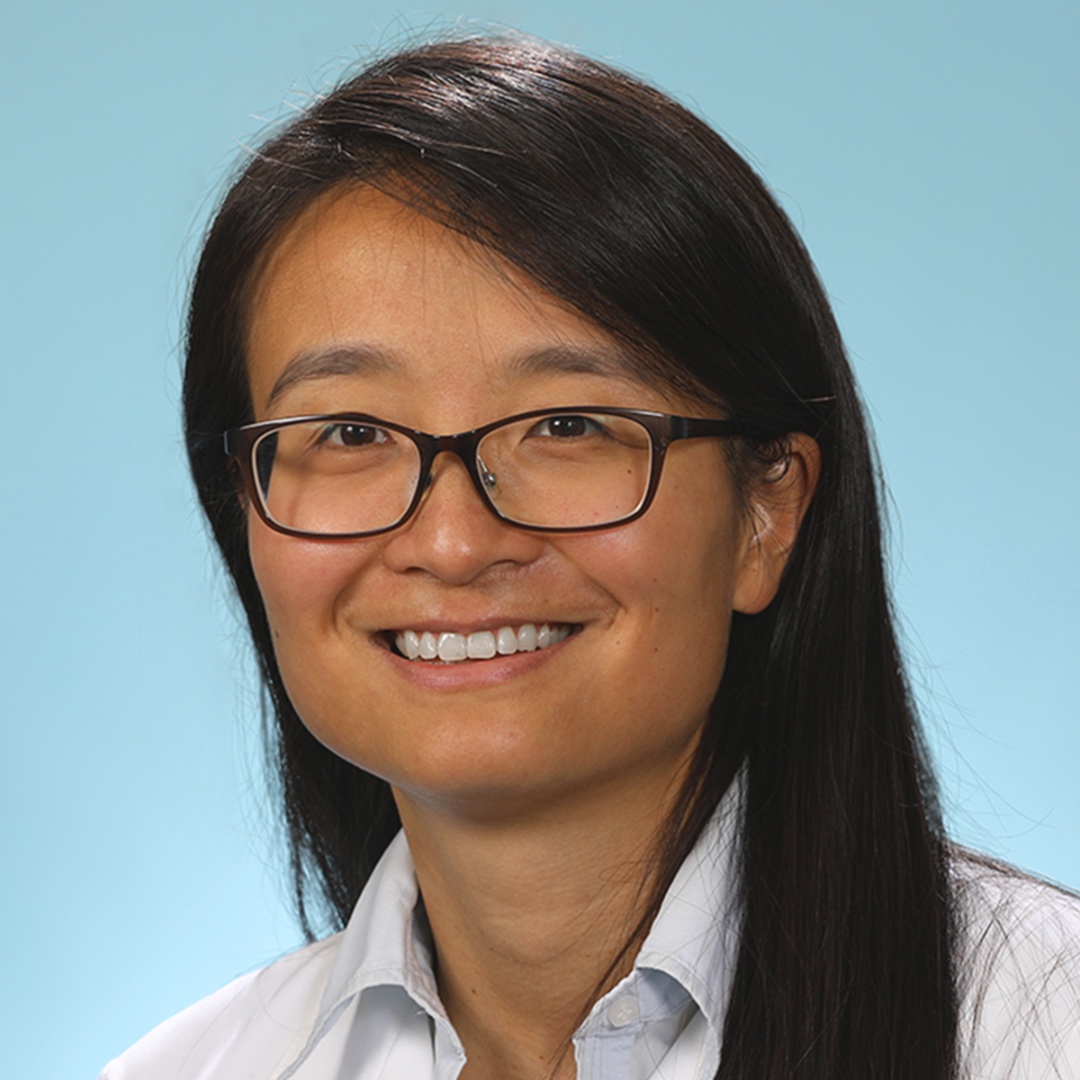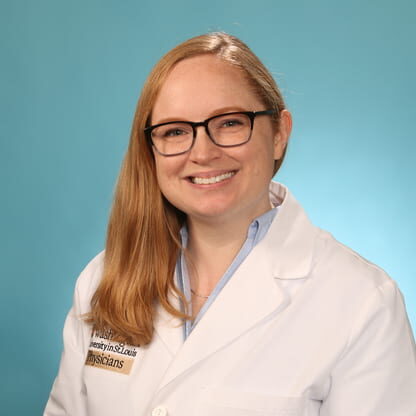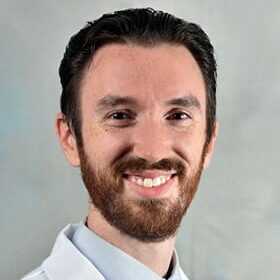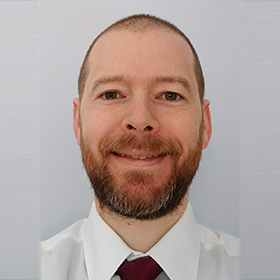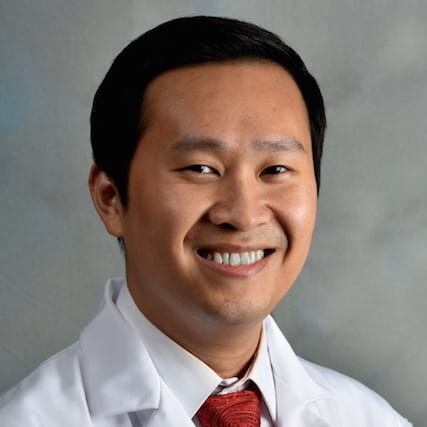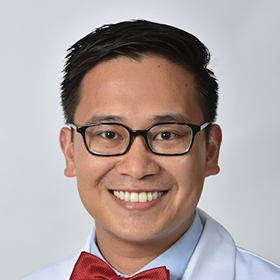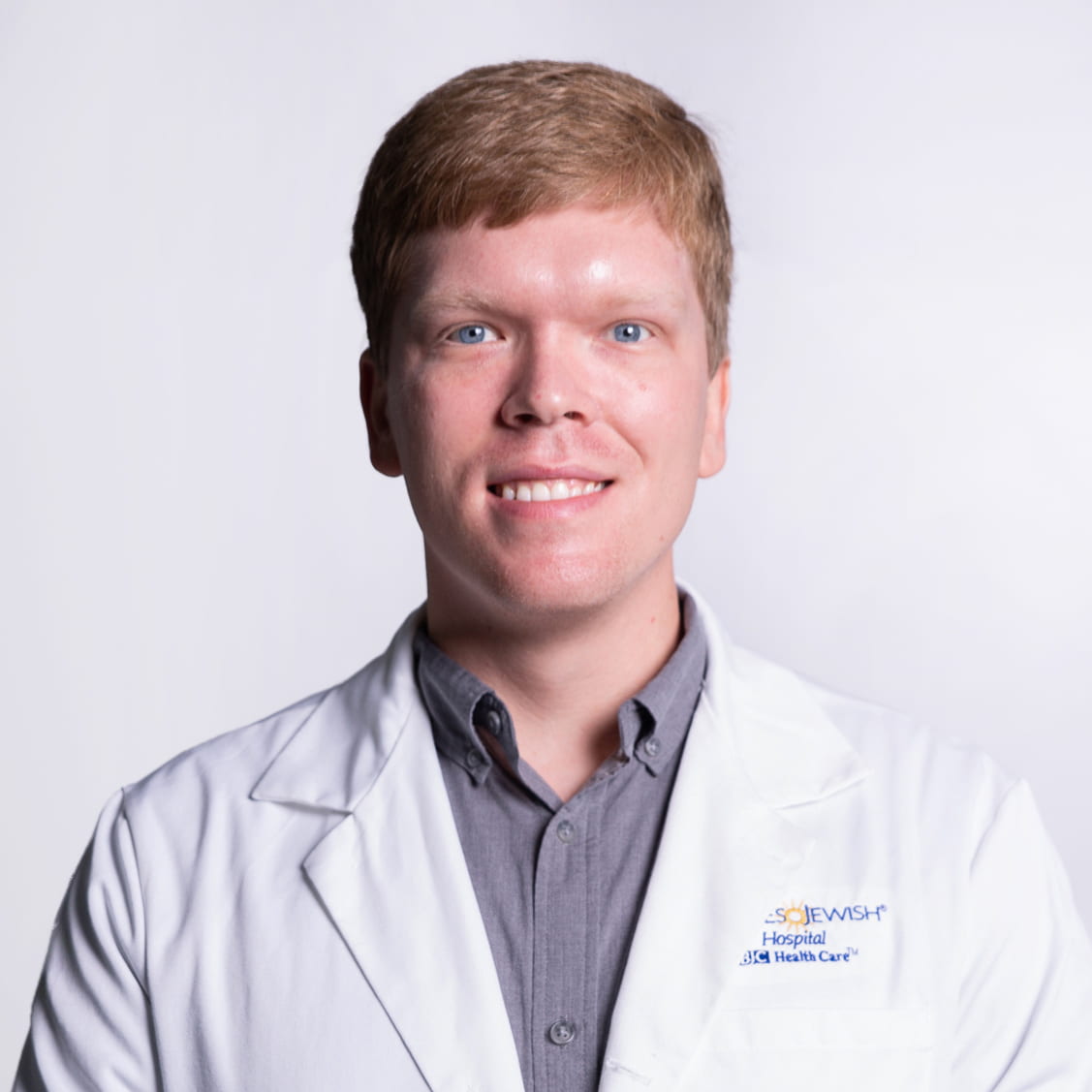Current ASAPs

Deborah Rupert, MD, PhD, MA, MS
Medical School: Renaissance School of Medicine at Stony Brook University

Philip Smith, MD, PhD
University of Maryland School of Medicine
* ASAP

Rebecca Speltz Paiz, MD, PhD
University of Minnesota Medical School
* ASAP
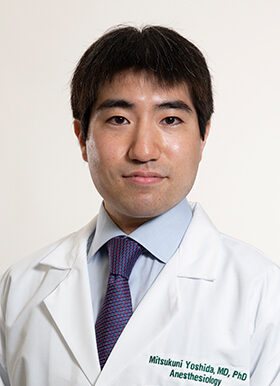
Mitsukuni Yoshida, MD, PhD
Washington University in St. Louis School of Medicine
* ASAP
Program Alumni
Medical School: Stanford University School Medicine
Residency: ASAP graduate ’22, Adult Cardiothoracic Anesthesiology Fellowship
Current Role: Assistant Professor of Anesthesiology, Washington University in St. Louis
Research: Clinical informatics; Perioperative blood management; Machine learning for healthcare
Grants: AMA EHR Grant 2022, IARS Mentored Research Award 2022
How did the Academic Scholars Advancement Program (ASAP) help you get to where you are today?
I think the best thing about the ASAP program is how it provides protected research time during residency/fellowship to obtain preliminary data, which is crucial for being able to develop grant applications. Anecdotally, I feel like it’s led to most ASAP graduates being able to obtain a career development award or other funding within the first year out from graduation.
Medical School: Washington University School of Medicine in St. Louis
Residency: ASAP graduate ’17, Adult Cardiothoracic Anesthesiology Fellowship
Current Role: Assistant Professor of Anesthesiology, Washington University School of Medicine
Research: Structural and biophysical studies of ligand-gated ion channels and lipid modulation
Grants: IARS Mentored Research Award 2017, NIH K08 2017, NIH R35 2020, IARS Frontiers in Anesthesia Research Award (FARA) 2021
What does a normal day-in-the-life as a physician-scientist look like for you?
I spend 75% of my time doing research and 25% in the operating room as a cardiothoracic anesthesiologist. On research days, I often start by taking time to read and conceive of new experiments and projects. The early mornings are also a good time to write. The rest of the day consists of meeting with postdocs, students and other staff, or supporting and troubleshooting experiments in the lab.
How did the Academic Scholars Advancement Program (ASAP) help you get to where you are today?
ASAP gave me early, protected research time to establish foundational research projects. These projects enabled me to obtain a career-development grant (K08) and start my own laboratory. The program served as a catalyst for my research career.
Medical School: Washington University School of Medicine in St. Louis
Residency: ASAP graduate ’18, Pain Management Fellowship
Current Role: Assistant Professor of Anesthesiology, Washington University School of Medicine
Research: Role of gut microbiota in the development and/or persistence of chronic pain.
Grants: IARS Mentored Research Award 2019
What does a normal day-in-the-life as a physician-scientist look like for you?
Life is never boring as a physician-scientist as there is no such thing as a normal day. I am non-clinical about 75% of the time and clinical 25% of the time where I work as an interventional pain physician.
When I am in the pain clinic, I see and treat patients with chronic pain. I prescribe medications, refer patients to physical therapy, and perform a variety of interventions from epidural injections to spinal cord stimulation (neuromodulation).
When I am non-clinical, I attend lab meetings, enroll participants in my study, write papers/grants, and analyze samples in the lab.
How did the Academic Scholars Advancement Program (ASAP) help you get to where you are today?
ASAP allowed me to focus my career as an interventional pain management physician at an earlier stage while helping me apply for external funding. Becoming a pain fellow as a CA-2 allowed me to hone my diagnostic and procedural skills in a supportive setting while I established a research career plan. I was (and still am) surrounded by like-minded colleagues who give advice on grant applications and research proposals.
The ASAP support is critical for success in a challenging career path. In ASAP, you are surrounded by departmental and peer support. Through ASAP, I was able to obtain additional training as a clinical researcher so that I could move into translational and clinical research.
Medical School: Washington University School of Medicine in St. Louis
Residency: ASAP graduate ’20, Critical Care Medicine Fellowship
Current role: Associate Director, Surgical Intensive Care Unit
Instructor, Washington University Department of Anesthesiology
Research: Use of machine learning to predict postoperative complications.
Grants: FAER Mentored Research Training Grant 2020.
Critical Care Telemedicine Clinical Research Grant (Washington University Department of Anesthesiology)
What does a normal day-in-the-life as a physician-scientist look like for you?
Because I split my time between patient care and research, I get to have two different types of “normal days!” On a normal clinical day, I take care of patients in one of our surgical intensive care units or in the tele-critical care center. I work with fellows, residents, advanced practice providers, nurses, and other team members to formulate and execute treatment plans for our critically ill patients. I also get to spend time counseling patients and family members, discussing plans with other physicians, and teaching the trainees.
On a normal research day, I spend a lot of time wrangling datasets, performing computations, and writing. I get to work with a team of clinicians, computer scientists, data analysts, and research assistants as we build machine learning models, implement them into clinical workflows, and get feedback from users.
How did the Academic Scholars Advancement Program (ASAP) help you get to where you are today?
My ASAP training provided me with learning opportunities, research experiences, and mentorship that have helped me to develop both as a clinician and as a scientist. I benefited from the committee of experienced faculty who met with me periodically throughout the five years to help me develop a plan for my career development. I also found it useful to be part of a community of young physician-scientists who could share friendship, provide feedback on ideas, and give advice no matter where I was on my journey.
Medical School: University of Chicago Pritzker School of Medicine
Residency: ASAP graduate ’19, Abdominal Organ Transplant Fellowship (unaccredited)
Current Role: Assistant Professor, Washington University School of Medicine
Research: Improving the interpretability of advanced machine learning alerts in intensive care.
Grants: NIH KL2 2020
What does a normal day-in-the-life as a physician-scientist look like for you?
On a normal day, I’ll either be doing data analysis, writing, or meeting with project stakeholders.
How did the Academic Scholars Advancement Program (ASAP) help you get to where you are today?
ASAP gave me protected time to obtain new skills in machine learning and flesh out new research directions. I came from a biostatistics and epidemiology PhD before neural networks took over the world. These have become fundamental to the informatics and have changed how statisticians interact with the world as well. These skills have been key in my grant proposals and current projects.
Medical School: Michigan State University College of Human Medicine
Residency: ASAP graduate ’20, Pain Management Fellowship
Current Role: Instructor of Anesthesiology, Washington University School of Medicine
Research: Norepinephrine mediated Inhibition of TRPV1 Activation in Mice
What does a normal day-in-the-life as a physician-scientist look like for you?
On my clinical days, I’m completely dedicated to taking care of my patient’s pain and identify ways to alleviate their suffering—that could be acute pain in the hospital setting or chronic pain in the outpatient world.
When I am non-clinical, I collaborate with scientists in the department to study basic mechanisms of norepinephrine modulation of pain/moods. Primarily, I conduct studies that examine whether existing medications could help treat chemo-induced peripheral neuropathy.
How did the Academic Scholars Advancement Program (ASAP) help you get to where you are today?
ASAP provided me with an excellent training in anesthesiology, pain management, and research in an efficient timeline. The program prides itself in establishing a good balance between clinical care and research, which I’ve carried into my current position.
Medical School: University of Cincinnati College of Medicine
Residency: ASAP graduate ’23, Washington University School of Medicine
Current Role: Pediatric Anesthesiology Fellow at St. Louis Children’s Hospital
Research: Lipid Modulation of Serotonin 3 Receptor Structure and Function
Grants: FAER Mentored Research Training Grant 2023, Dean’s Scholar 2023
Why did you apply to the Academic Scholars Advancement Program (ASAP)?
I applied to the ASAP program for the significant amounts of protected time and early sub specialization. In addition, the department has been supportive in finding mentors and steering my research forward. They give me feedback about future grant opportunities and actively push me to apply. My family also has found St. Louis to have a reasonable cost of living with lots to do.
Medical School: Texas Tech University Health Sciences Center
Residency: ASAP graduate ’23, Pain Management Fellowship
Current Role: Pain Medicine Physician at Barnes-Jewish Hospital
Research: Electrophysiology and behavioral assays to study chronic pain-related mesocorticolimbic dopamine neuron plasticity
Grants: FAER Mentored Research Training Grant 2023
Why did you apply to the Academic Scholars Advancement Program (ASAP)?
When I was looking for residency programs, I was interested in going somewhere that would develop my skills as a physician-scientist. The anesthesiology residency program at WashU provides robust clinical training and the research output of the department is unmatched. The ASAP program is also an established physician-scientist training pathway with several alumni who serve as mentors to trainees during their early career development. This made the ASAP program an appealing pathway for my clinical and research training.
